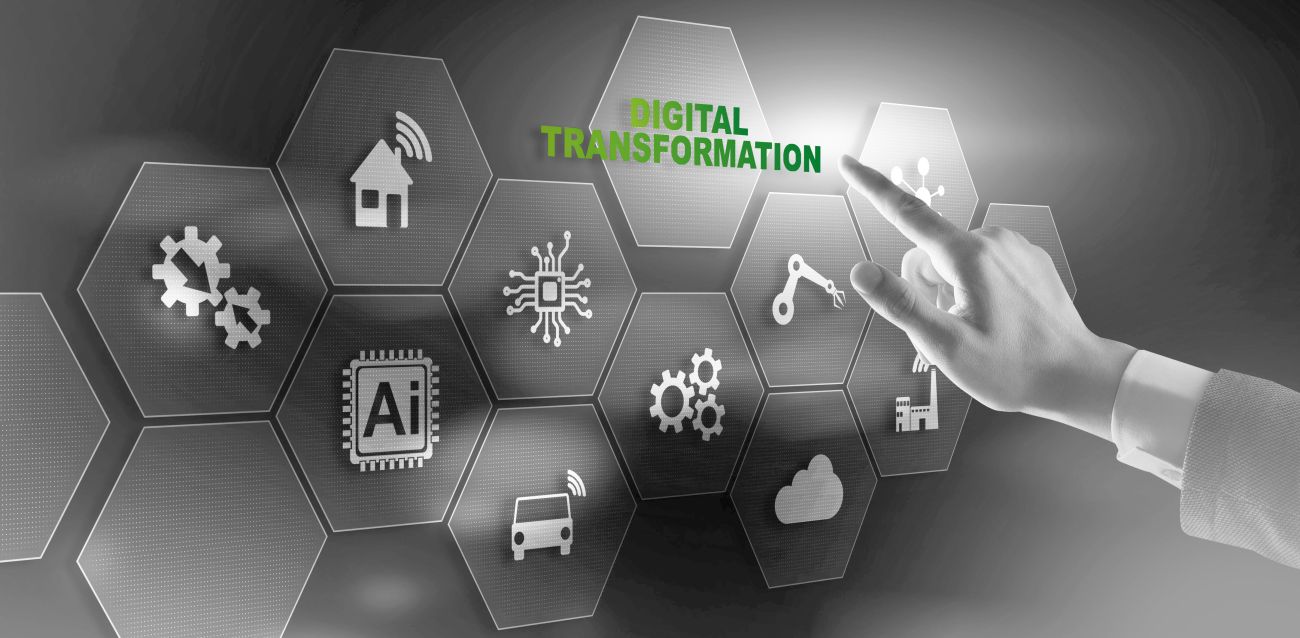
7 must-do practices for Effective Digital Transformation
The Digital Revolution is far from over, and global expenditure on digital transformation (DX) projects continues to accelerate; it is predicted to hit $3.6 trillion in 2026. Yet despite the huge sums invested, most Digital transformation initiatives fail to meet their objectives.
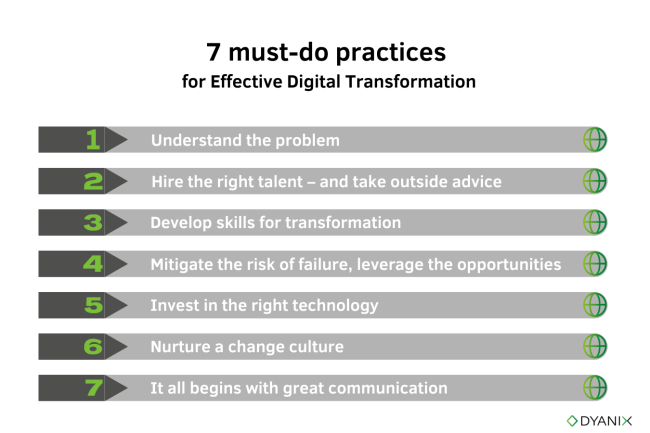
Organisations have no choice but to persist, because successful Digital transformation creates competitive value through automation, data integration, transforming legacy IT, and speeding up time-to-market.
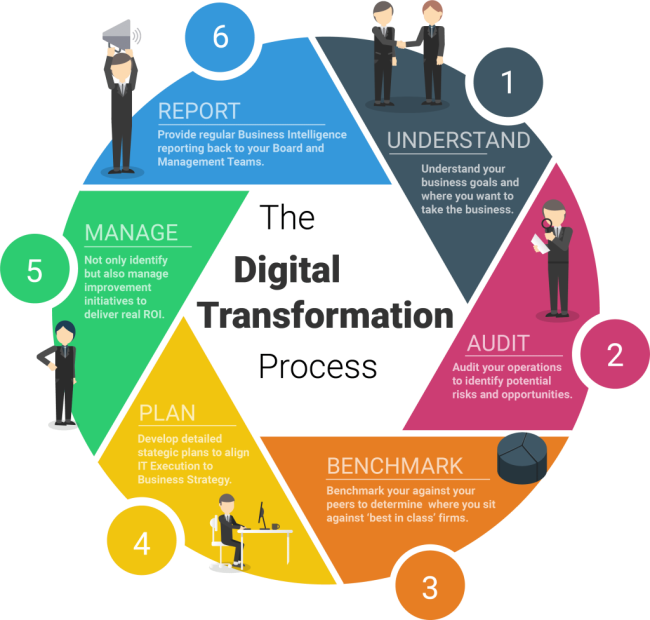
Simply put, you cannot afford to get this wrong.
In this blog, we bridge that gap between ambition and achievement by highlighting key strategic steps toward understanding, executing, and monitoring your strategy for transformation.
1. Understand the problem.
To solve a problem you first have to know what it is. While this may sound obvious, in practice it is never simple. Businesses are intricate ecosystems of technology, culture, and people. Problems typically have complex causes, and even the right solutions are disruptive, or can meet resistance on the ground.
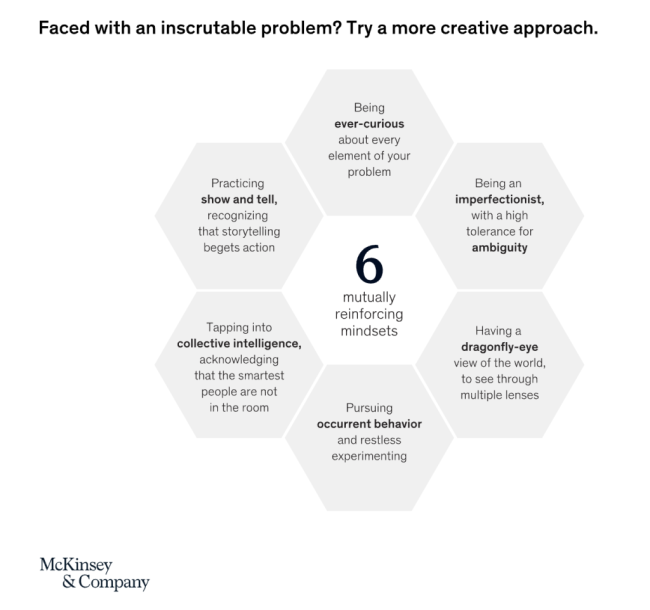
Overwhelmed by the complexity of the problem, organisations are tempted to cut corners. They make the reflex decision to “go for” a specific technology without due consideration of its impact on business processes, or of the change in mindset necessary to secure adoption.
The other error is to go from A to Z in a single leap in an attempt to reach “digital maturity”.
It is much better to phase in Digital transformation so you can track its effectiveness and make gradual changes to embed transformative gains.
2. Hire the right talent – and take outside advice
Digital transformation doesn’t mean you need to staff your organisation from top to bottom with “digital natives” from Gen Z. Of course not. In fact, Gartner notes that Gen Z employees often lack the soft skills necessary to navigate change.
Experienced employees have probably been through at least one cycle of DX, and will be able to anticipate problems, perhaps not with the technology itself but with the process of change.
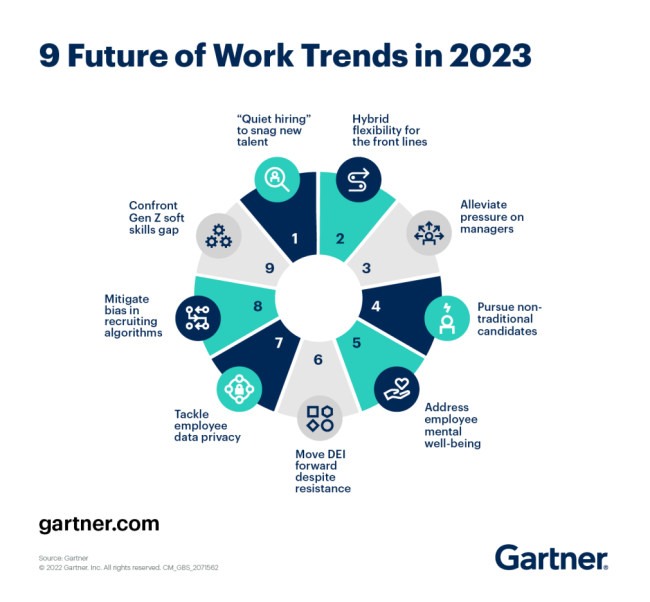
Digital transformation is all about agility, innovation, and thinking out of the box so you need a mix of experience, knowledge, and backgrounds to work holistically towards creative change.
A key management skill is to recognise when outside help is needed – and then get the best help and advice.
If you are automating complex business processes by implementing software such as ServiceNow and Workday, you should have the confidence to seek outside counsel.
3. Develop skills for transformation
The challenge of change can bring out the best in people and awaken them to new opportunities. Organisations have to leverage this by upskilling the workforce to meet and advance their digital objectives. Grit and eagerness to learn are as important as the digital skills outlined on a CV.
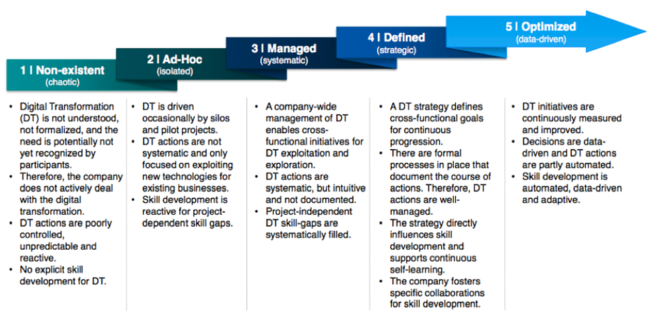
The relationship between DX and employees is often framed as being problematic. Whilst this can be the case, transformational change also transforms people, who often tap into skills and creativity they did not know they possessed.
The growth of your employees is also your growth, as a can-do mindset of confidence and optimism aligns with your digital goals.
4. Mitigate the risk of failure, leverage the opportunities
The majority of Digital transformation projects fail to achieve their strategic objectives because the framework for change was flawed and/or change management was too inflexible to spot risks and opportunities as the project implementation unfolded.
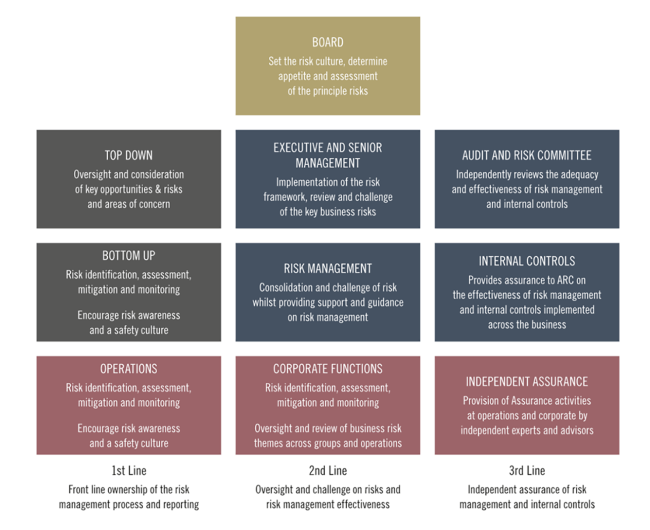
A range of change management tools can mitigate these risks and help you make the most out of the opportunities. For example, Digital Immunity Systems reduce tech downtime by pooling cumulative data from analytics, operations, design, and development to identify problems. Digital Adoption Platforms (DAPs) facilitate the onboarding of new technology and radically improve the speed and effectiveness of adoption.
Using AI and data analysis, DAPs give organisations a high-level view of workforce practices, making it much easier and more productive to adapt workflows or introduce additional training.
5. Invest in the right technology
We have talked a lot about mindset and adoption, and very little about the digital technologies themselves. But clearly, composing the right technology stack is a top priority.
The criteria for the choice and the decision-making process are outlined by change management. That choice must be “owned” not only by IT (who are naturally instrumental in making it) but by all stakeholders – i.e. everybody in the organisation. The better you inform end-users about the technology to be deployed, the more positive they will be.
Common strategic missteps include choosing a “big-name” vendor that might offer poor support or a niche vendor that fails to release security updates or goes out of business.
Even when the choice of software is undisputed, as is the case with Microsoft 365, there are further considerations because not all employees need access to every functionality of the Microsoft ecosystem.
Digital workspaces such as Workspace 365 orchestrate and personalise who consumes what software, for all apps deployed across the organisation, not only Microsoft.
6. Nurture a change culture
Without a shift in mindset and cultural practice, DX projects are likely to disappoint.
Here is a checklist of what you can do, and the questions that you need to ask yourself, to lay the groundwork for an adaptive culture:
- What are the strengths and weaknesses of our culture?
- Do we invest enough time and effort into understanding the needs of our workforce?
- Do they feel able to communicate honestly with management?
- Have we put in place appropriate channels for feedback?
- Do our employees feel they can make a difference and a contribution to DX?
- Are we being sensitive to their goals and pain points in this process?
This should be more than a box-ticking exercise.
You have to be clear-sighted and frank in answering these questions and be resolute in how you confront and resolve any issues that emerge.
7. But it all begins with great communication
We conclude by stressing what has been the thread running through all these must-do practices: communication. Authentic leadership isn’t only about saying, telling, claiming, and persuading – it is just as important to listen. And to show.
Tools such as Digital Workplaces or Digital Adoption Platforms are a dialogue between what employees need, and what furthers the DX objectives of change management.
If you do not explain change to the employees who have to make the transformation a reality, you are setting yourself up to fail. There is no greater disservice you could do to them because the success and reputation of your business belongs to all of you.
Lead with humility and competence, give your employees the tools they need, and watch your business thrive.
Dyanix is a leading provider of solutions in the broad area of digital transformation. If you would like to find out more about how a Digital Workplace and a Digital Adoption Platform could accelerate your transformation strategy, do contact us.